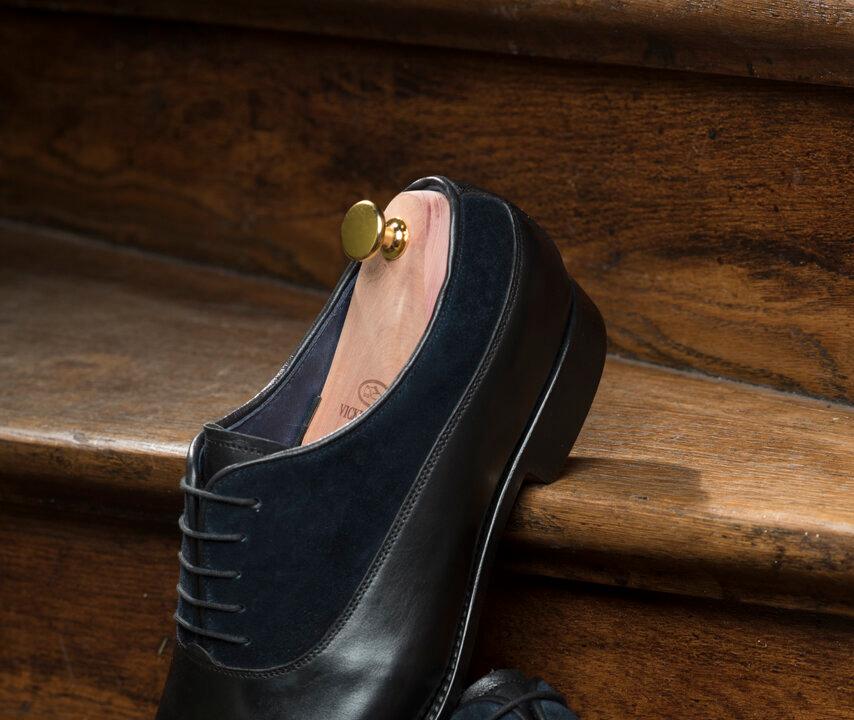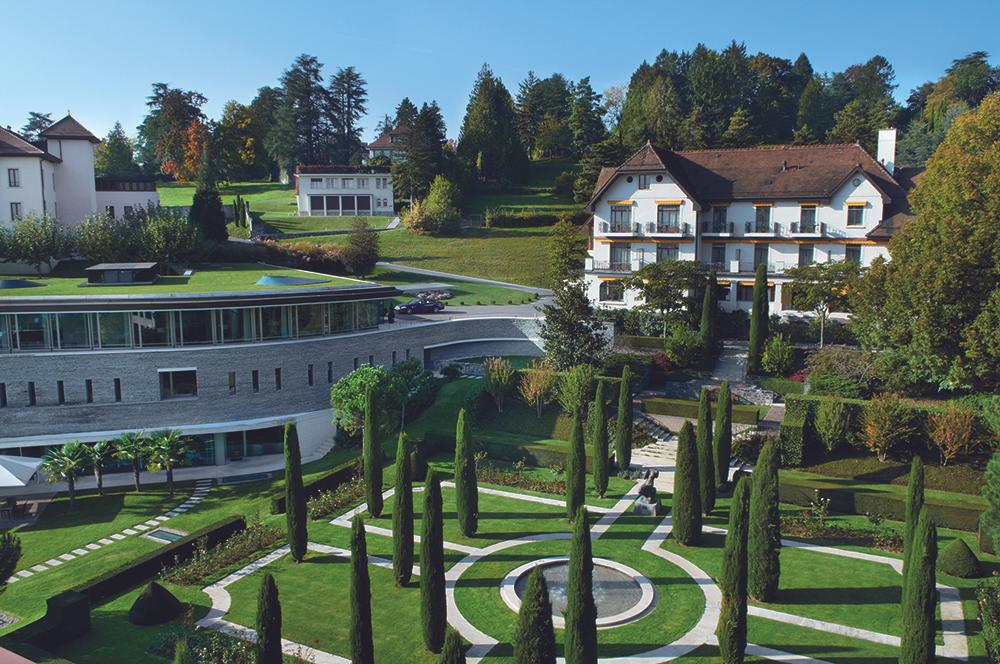There’s something special about getting a bespoke item made just for your body. True bespoke craftsmanship tailors to the human form, and while this kind of fashion may cost more than fast fashion, it’s sustainable, unique, and money-saving in the long run.
In the small town of Baden-Baden in southwest Germany, Vickermann and Stoya, a bespoke cobbler, is making famous a craft that’s hard to find in 2022.





